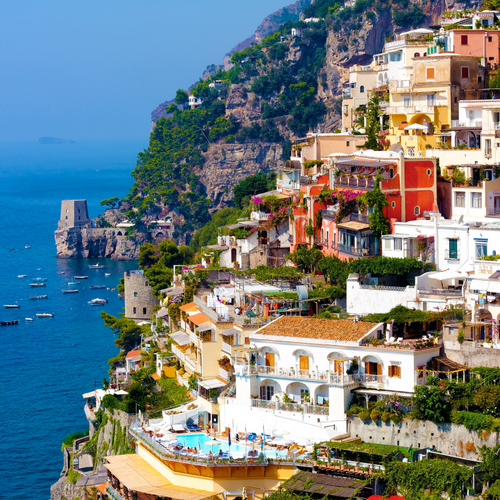Summary
If green tourism in its various forms is to achieve its aims and contribute to a sustainable future, then some fundamental questions remain. For example, does the revenue generated benefit the intended benefactors? Are the full environmental impacts of a growing and expanding green and eco-tourism industry being accounted for and managed appropriately?
While outright restrictions or capacity caps are enforced, others use high prices to manage heavy potential tourist traffic. In Costa Rica in 1994 the entrance fees for National Parks were increased 10 fold overnight from $1.50 to $15 for foreign visitors (World Bank/IMF/UNEP 2002). So even if the numbers were halved, the parks would still get five times more money. Political opposition from the wider tourism industry led to this fee being reduced back to $6 in 1996 (ibid). Many countries charge extremely low rates anyway and there are advocates who want to end the under pricing of natural resources, because the lower the price the higher the visitor volume, the higher the impact. Further information on this rationale is explained in a report prepared by Cochrane and Trapper (2004) for the WWF called ‘Pay per Nature View’.
However, when all is said and done the consumer still holds most of the power in their pocket. The success of green tourism and ecotourism in regards to how destinations will develop as 'good citizens' and take care of the environment and their community , whilst maintaining ecotourism's financial success, depends on the consumer. Voting with pounds and dollars can force providers to adhere to high standards and ensure that only the greenest prosper.
